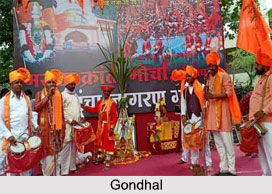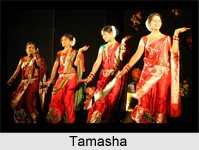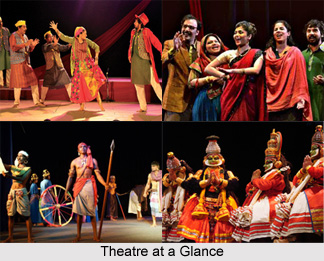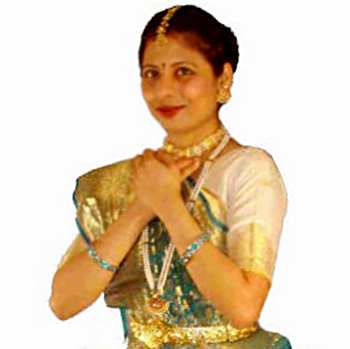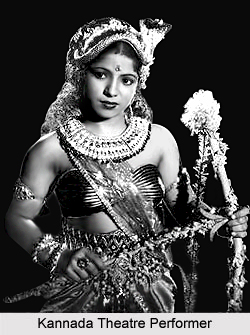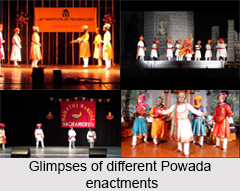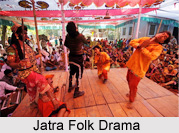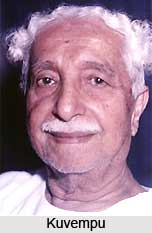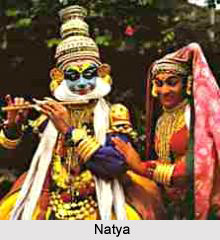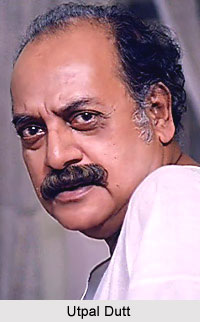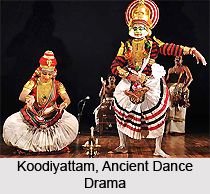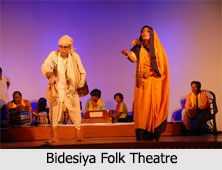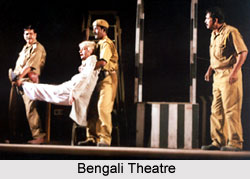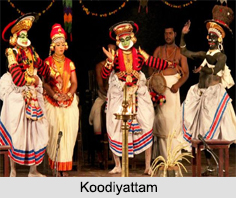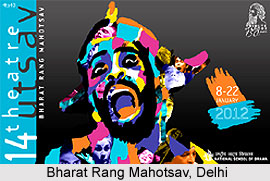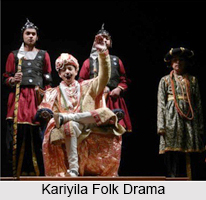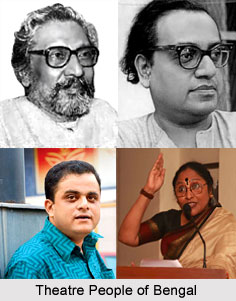Chandravadan Chimanlal Mehta was a popular playwright, director, broadcaster, poet, and initiator of modernist Gujarati theatre. He was born in Surat. Chandravadan Chimanlal Mehta made a stir with two innovative extempore soliloquies in the early 1920s at college talent festivals in Bombay. He then led a public protest against the portrayal of women in the Mumbai Gujarati Natak Mandali`s College kanya i.e. `College Girl`. This created widespread awareness among authors and intellectuals. He was already accepted as a poet, he organized informal groups of friends to produce his plays written in realistic style. Akho in 1927, Agagadi i.e. translated as Iron Road in 1933, Narmad in 1937, all these three practically providing examples of his vision of new theatre, culminating in Dhara Gurjari i.e. `Land of Gujarat` in 1944. His efforts were complemented by K. M. Munshi, who wrote social and historical drama, and whose Bharatiya Vidya Bhavan staged these plays.
Joining All India Radio in 1936, Mehta helped to develop the concept of broadcasting in Gujarat, writing and producing innumerable documentaries and radio drama. Special mention can be given to the biographical plays on Mahatma Gandhi, Sardar Patel, and Mahadev Desai for more than a decade, with director Adi Marzban and others. He initiated theatre degree and diploma courses at M. S. University, Vadodara. This was the first of their kind in India. While guiding its drama department, he represented the country abroad, chairing various fora of the International Theatre Institute. He fought relentlessly for an ideal playhouse as a centre of culture, literature, and proper training for theatre, while condemning vulgar commercialization wherever he noticed it. His later plays include Sita in 1943, Mazammt i.e. `Dark Midnight` in 1955, the Bhavai-influenced Hoholika in 1956, and a dramatization of Sri Aurobindo`s Savitri. As a researcher and theorist he wrote extensively on Gujarati stage history and production techniques. His twelve-part autobiographical Gathariyan i.e. `Travel Bags`, variously tided Natya or Theatre gathariyan and so on, exemplifies his atypical prose and use of spoken language in print.
